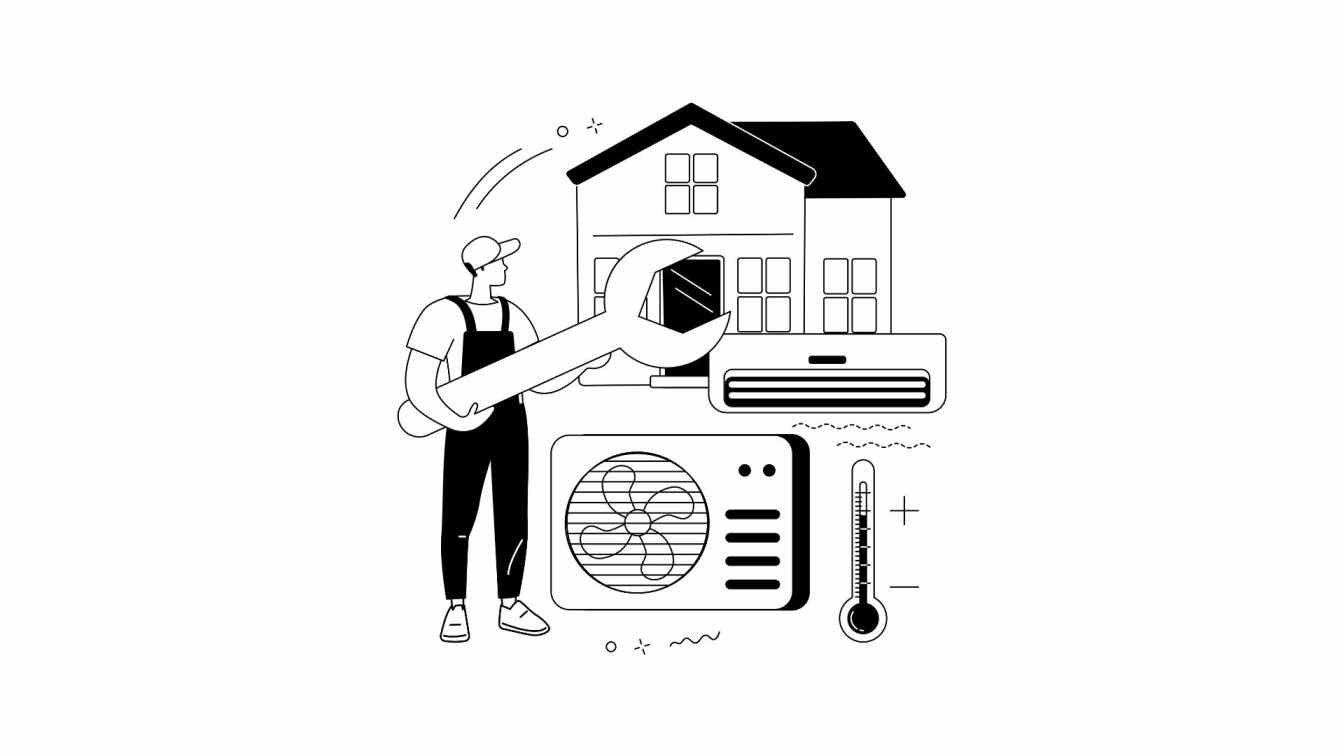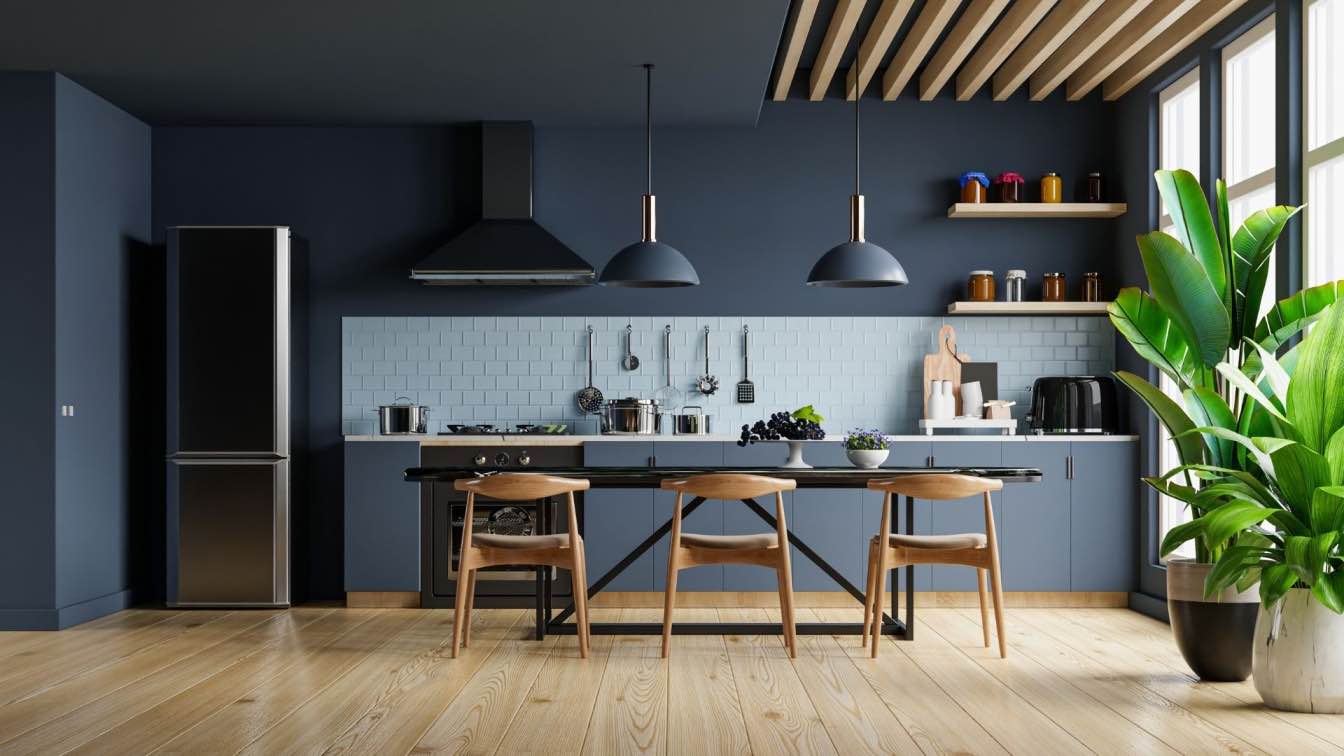Modern facade design demands both creativity and precision. Architects rely on trigonometry to handle the intricate geometries of today’s structures, ensuring curves, angles, and alignments work seamlessly together.
Explore how these mathematical techniques bring innovative architectural visions to life while maintaining practicality and stability.
Calculating Curves: How Trigonometry Shapes Complex Facades
Modern facade design often features intricate curves and geometric patterns. These elements require precise mathematical modeling to ensure structural integrity and aesthetic appeal.
Trigonometry provides the foundation for calculating these curves, making it indispensable in architectural planning.
Designers use sine, cosine, and tangent functions to map out complex curvatures with precision. These calculations help define arcs or spirals on building exteriors. By plotting angles and distances accurately, architects can visualize how a curved structure will appear once built.
Trigonometric equations also assist in managing material efficiency. By using tools like trigonometry calculators, professionals can calculate exact measurements for cut-outs or modular sections of facades without unnecessary waste.
(Architects and designers can easily solve trig problems with the Symbolab Trigonometry Calculator.)
The combination of accurate curve calculation with advanced software ensures both artistic vision and practicality align during construction processes effectively.
Angle Precision in Design: Enhancing Structural Stability
Accurate angle calculations are critical in ensuring a facade's structural stability. Misaligned angles can lead to stress points, compromising the building's durability over time. Trigonometry offers reliable methods for determining these precise measurements.
By applying principles such as the Pythagorean theorem or tangent functions, architects can align elements seamlessly within designs. This is particularly crucial for angled features like slanted panels or sharp-edged protrusions on facades.
To maintain accuracy and simplify processes, architects often rely on tools like trigonometry calculators and computer-aided design (CAD) software.
Key applications include:
Determining load distribution. Calculating how forces are distributed across varying angles of a structure.
Creating accurate joins. Ensuring smooth connections between adjacent materials with exact angular alignment.
Resolving symmetry challenges. Maintaining proportionality across asymmetrical yet cohesive facade sections.
These methods uphold structural reliability while allowing for innovative design freedom.
Harmonizing Aesthetics and Functionality Through Mathematics
Facades are not just about appearances. They must balance aesthetic appeal with practical functionality. Trigonometry helps architects achieve this harmony by allowing precise control over complex geometric designs.
For instance, mathematical formulas ensure that decorative patterns align seamlessly while maintaining structural integrity.
Architects also use trigonometric principles to manage proportions in designs where curves, angles, and lines interact intricately.
The interplay of aesthetics and functionality often involves:
Optimizing spatial arrangements. Ensuring features like windows or cladding panels fit perfectly into larger patterns.
Calculating reflective surfaces. Designing angled components to enhance natural light distribution.
Preserving design intent. Achieving consistent visual symmetry across irregularly shaped facades.
By leveraging these methods, designers meet both creative and technical goals without compromising one for the other.
Optimizing Sunlight Control with Trigonometric Models
Sunlight control is a vital consideration in modern facade design. Properly managing natural light improves energy efficiency and enhances interior comfort.
Trigonometry provides precise models for analyzing and optimizing how sunlight interacts with building surfaces.
Architects use trigonometric functions to calculate the angles of sunlight at different times of the day and year. These calculations guide decisions about shading elements, panel tilts, or louver placements.
Common applications include:
Designing effective sunshades. Determining optimal angles to block harsh sunlight while allowing diffused light.
Aligning solar panels. Calculating tilt angles that maximize energy capture based on geographic location.
Minimizing glare. Positioning reflective surfaces strategically to reduce interior glare issues.
By incorporating trigonometry into these designs, architects achieve sustainable facades tailored to both environmental factors and occupant needs.
Structural Alignment Challenges in Facade Construction Solved by Math
Aligning all components of a facade within tight structural tolerances is one of the most complex aspects of construction. Even minor misalignments can disrupt both aesthetics and stability, leading to costly corrections.
Trigonometry provides a systematic way to address these challenges.
Using angle and distance calculations, architects ensure that each element aligns with precision across the entire design. This includes defining the exact placement of panels, supports, and joints in multi-faceted structures or asymmetrical facades.
Trigonometric techniques also streamline coordination between digital models and physical construction processes. They allow engineers to translate intricate geometries from computer-aided designs into real-world frameworks seamlessly.
This mathematical rigor ensures smooth integration during assembly while maintaining consistent alignment across expansive or non-linear facade surfaces, avoiding errors at every stage - from planning to completion.
The Bottom Line
Trigonometry remains a cornerstone in modern facade design, blending precision with creativity. Its techniques enable architects to create visually stunning, structurally sound buildings that meet both aesthetic and functional demands.





